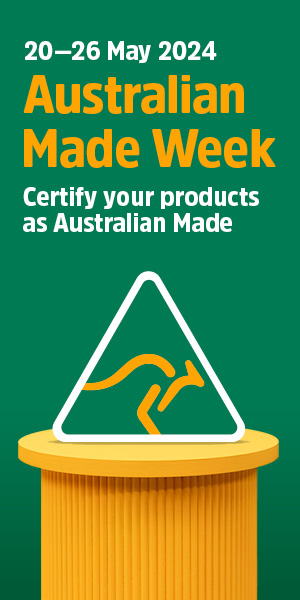New report highlights Victoria’s TCF manufacturing sector in circular economy transition

An upcoming report on Victoria’s textile, clothing and footwear manufacturing industry has calculated the sector as worth $960 million in economic value and a source of employment for 10,300 people.
According to a statement from the Australian Fashion Council on Tuesday, Moving the Needle: The State of Play of Victoria’s Textile, Clothing & Footwear Manufacturing Sector found that the state was the leading employer in the sector (with NSW second with 9,000 jobs) and possessing the “most complete supply chain nationally”.
Among other findings, the report concludes the state is best positioned to lead the nation’s sustainable economy transition due to its clothing ecosystem, “including fibre, manufacturing, retail, wholesale, repair and second-hand retail.”
Marianne Perkovic, Chair of the AFC (pictured), said, “Victoria can be a global leader in advanced, sustainable manufacturing, while boosting jobs and developing skills in an industry that generates a huge $960 million.
“And this is only the beginning of what this industry can transform into, not only economically but environmentally, accelerating our just-transformation into a circular economy by 2030 and net zero by 2050.
The report will be released on March 5, and was authored by RMIT University and commissioned by the AFC in partnership with Epson Australia.
The AFC is also calling for hidden parts of TCF to be reclassified and for ABS data to “ultimately support further education, training and upskilling in the sector.”
Dr Jenny Underwood, Associate Dean of Fashion and Textiles Technology at RMIT, said, “By taking into account every phase of the life cycle of clothing changes how we understand the industry, from being linear to circular, the jobs and skills of the future, and how we can better support diverse career pathways for women across the sector.”
Picture: AFC Chair Marianne Perkovic (supplied)
Further reading
Rediscovering our ability to spin a yarn
Australian company offers the world a S.O.F.T. option for problem textiles
Bathurst recycling trial found use for 1,600 kilograms of textiles in a month
@aumanufacturing Sections
Analysis and Commentary Awards Defence Manufacturing News Podcast Technology Videos










